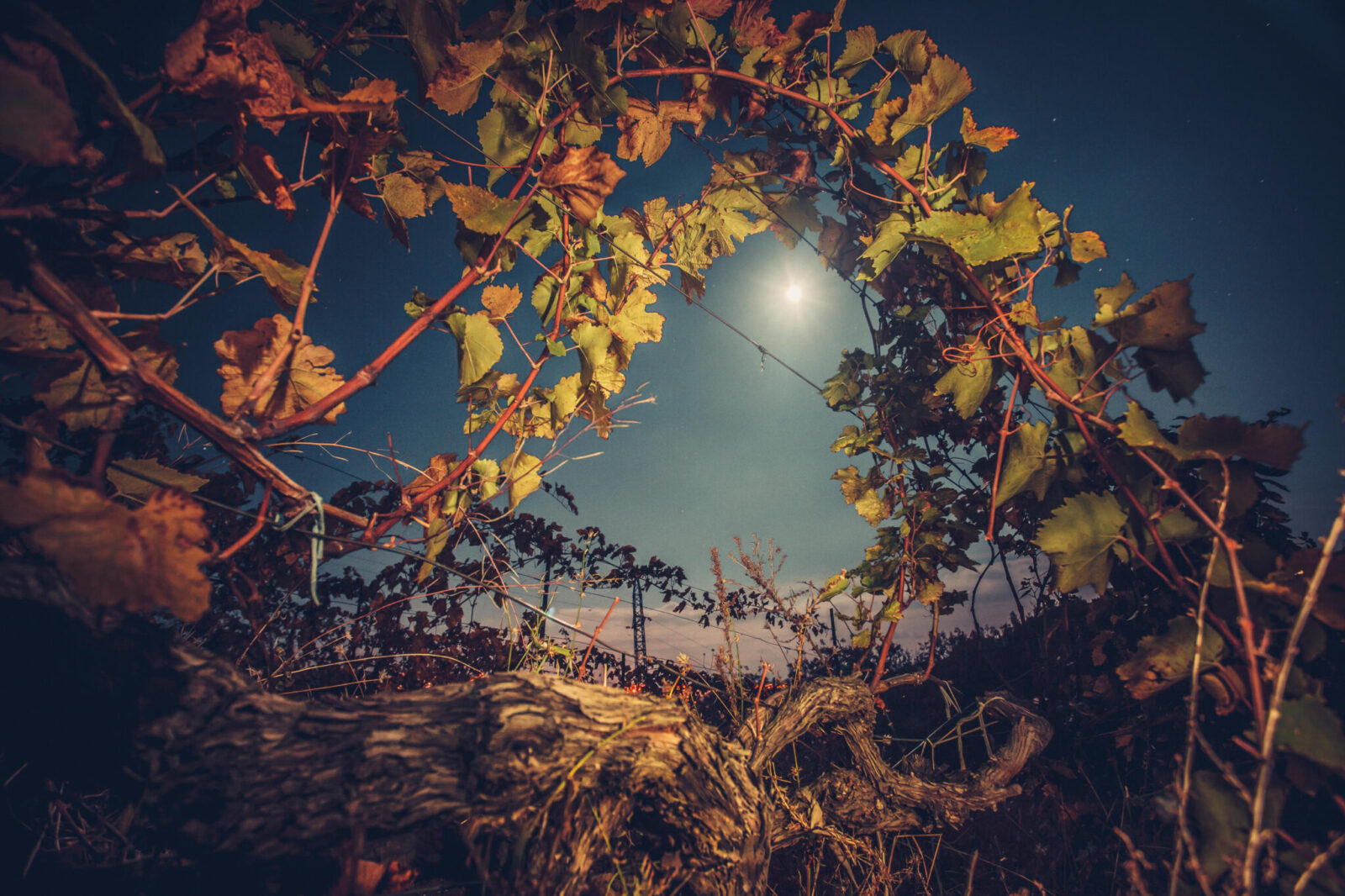
Gourmet
Prue Henschke doesn’t hesitate when she’s asked if biodynamic farming can help slow the impact of climate change. For more than 150 years, her family has made wine in South Australia’s Barossa Valley. And for the past 20 years, she’s seen first-hand how biodynamic practices can improve a vineyard’s health, mitigate climate effects and create better wines along the way.
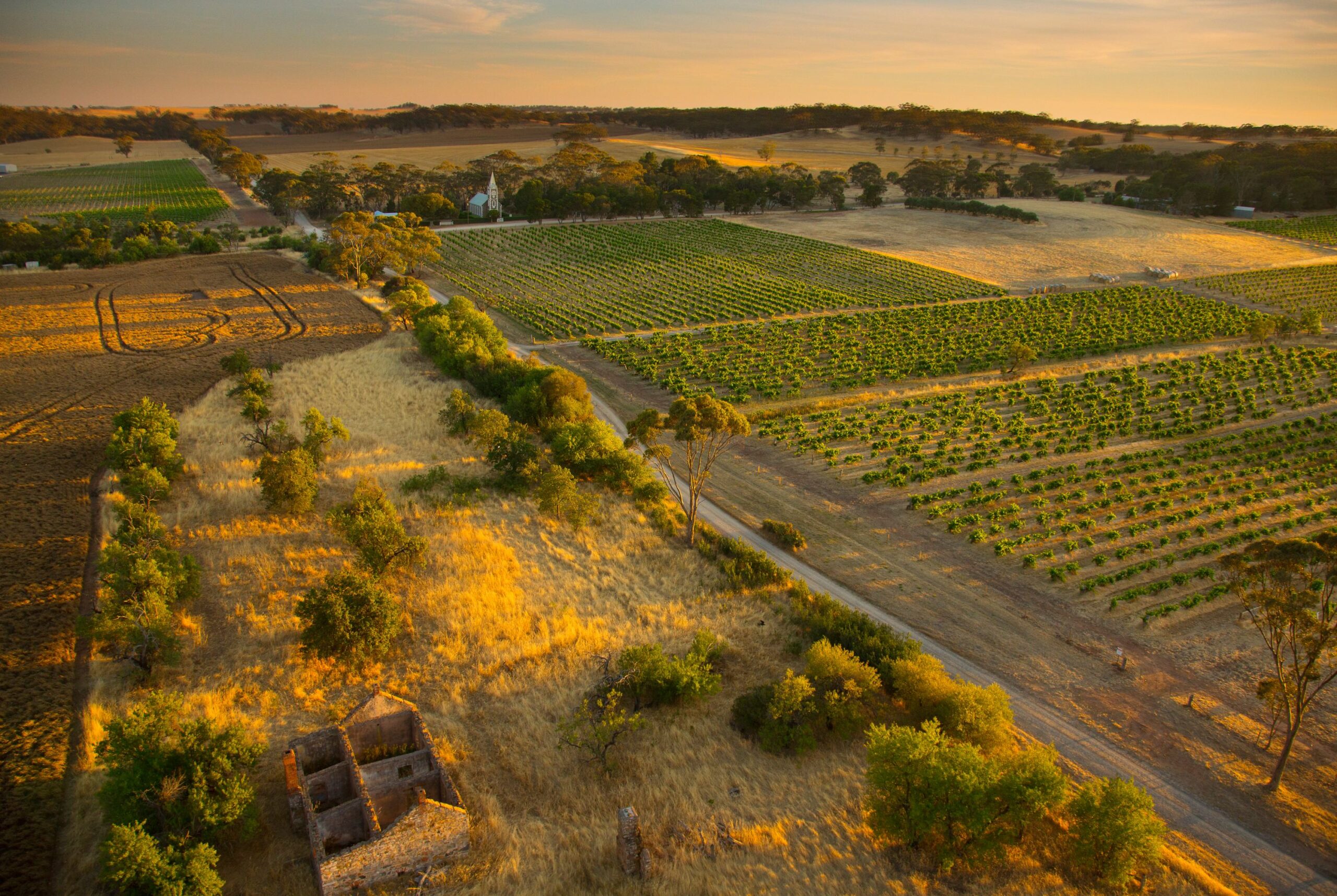
“I started looking into biodynamics in 2004 because of an interest in soil health,” says Henschke. “As a grape grower working in an extreme climate – it’s hot, and it’s dry – I’m constantly searching for richer soil structures and lower soil temperatures. Biodynamic soil can be up to 25 degrees cooler than its non-biodynamic counterpart. Cool soil means healthy vines, and that means quality fruit.”
As little as three months after embarking on their biodynamic journey, the Henschke team saw a visible difference in the vineyards. Within three years, they could taste the difference in the glass.
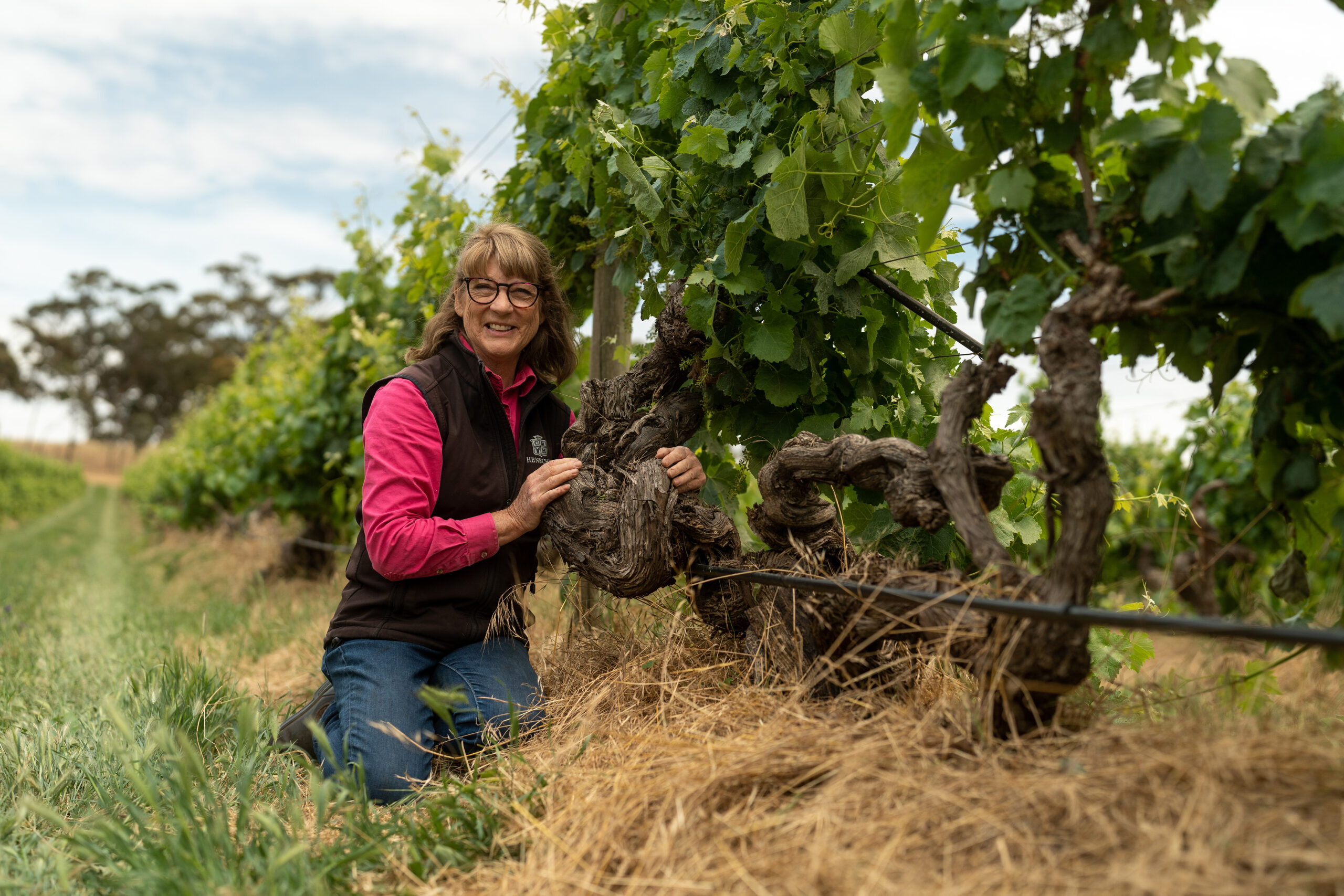
Nature-based
Biodynamics are like love/hate Vegemite in Oz. So a few historical facts might not go amiss. You’ll have heard of Rudolf Steiner, he of the schools that prize creativity over standard structured learning. Biodynamics evolved in 1924 when Steiner delivered a series of lectures on sustainable, nature-based farming. Like many of his preoccupations – he is variously defined as all of the following: literary critic, social reformer, philosopher, occultist, clairvoyant – Steiner’s approach to agriculture ran counter to convention. He pursued a path (some say a garden path) that held spiritualism to be as vital to farming as the scientific analysis of soil.
Spiritualism? Managing vineyards as complete ecosystems without chemical fertilizers might make rational sense, but what’s with all the cow horns? The one thing most people know about biodynamic wine is that it involves filling cow horns with ripe manure and burying them facing a particular compass point during a particular cycle of the moon. A load of old gibbous, say some.
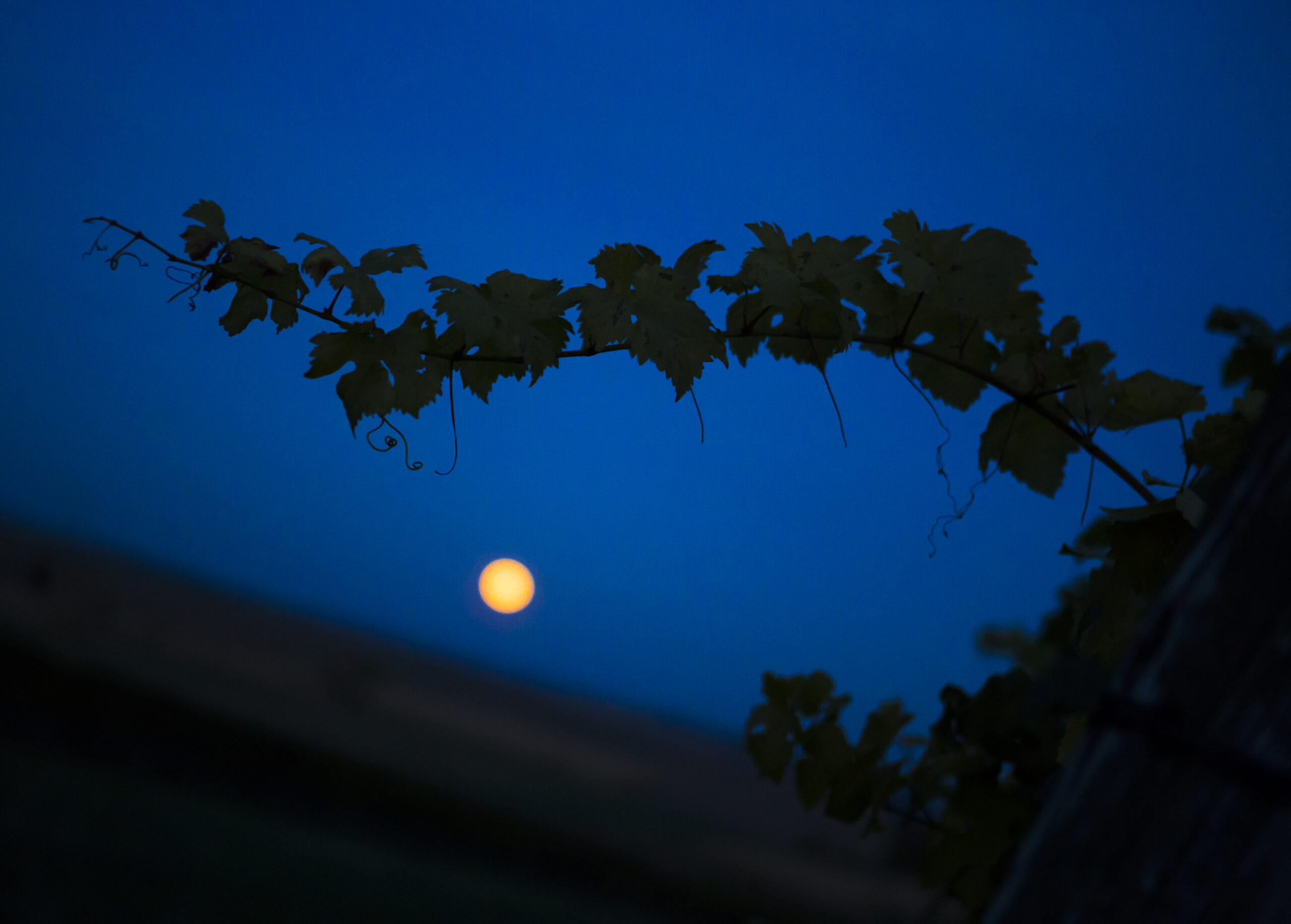
Proponents like Prue Henschke, however, will simply hand you a glass and shift the conversation to deliciousness, without mentioning her academic career in botany and viticulture since 1973. Or that her winery was named both Wine Enthusiast magazine’s New World Winery of the Year and Halliday Wine Companion Winery in 2021.
Australia’s Bio-Dynamic Research Institute lists only nine Demeter-certified wineries. Demeter is the global guarantee that a wine is made by biodynamic agricultural practice. The certification process is complicated and expensive. So, like so many others, Henschke’s wines aren’t strictly biodynamic in any vinous court of law. But under Prue’s leadership, the winery has been committed to biodynamic and sustainable methods for the past two decades. And the accolades have followed.
Carbon-free

Good soil health means good vine health and good fruit.
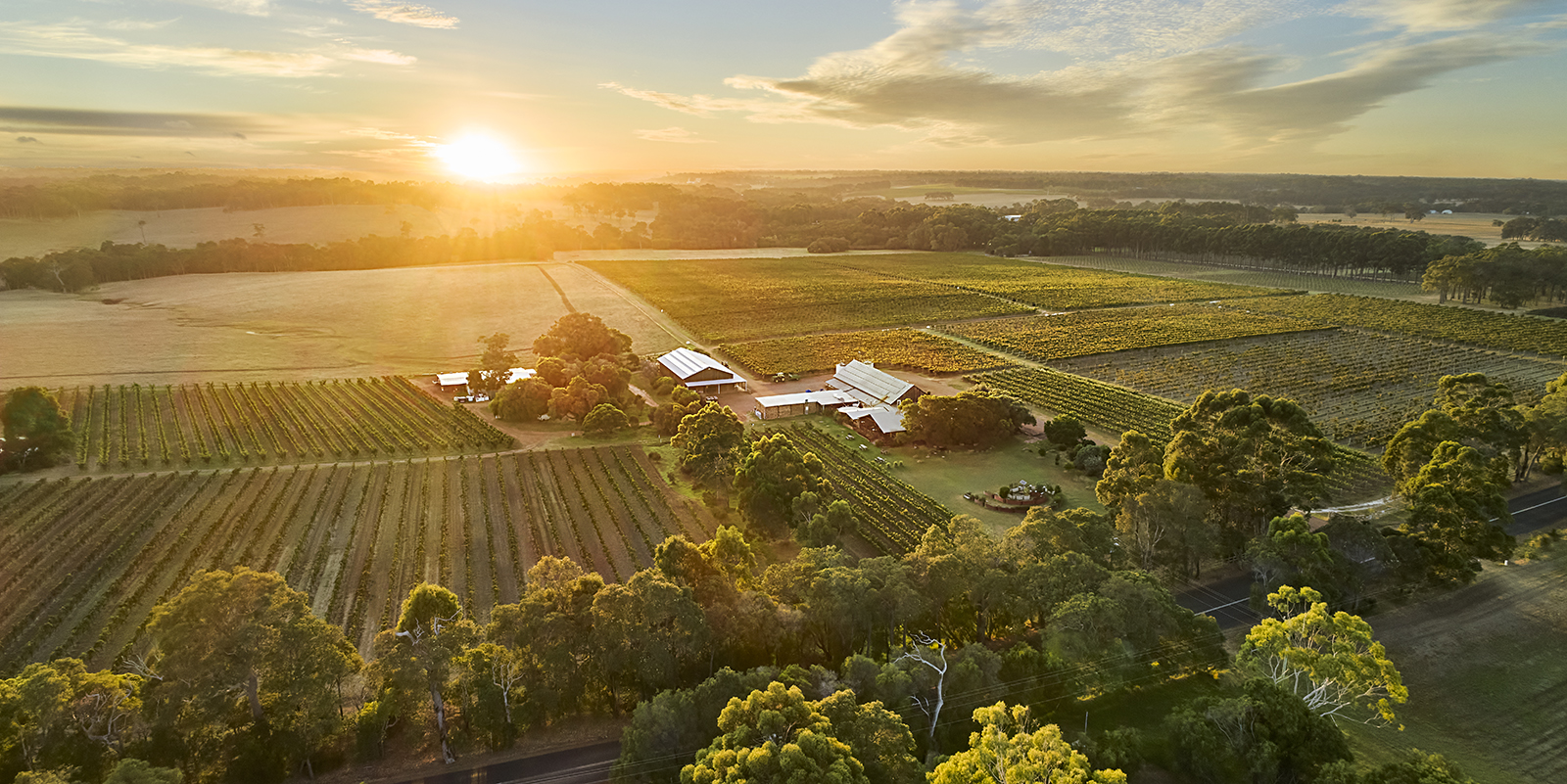
Vanya Cullen admits it’s difficult to convince some people of the value of biodynamic farming. But it’s getting easier, and when she looks out on the Cullen winery land, she knows it’s the right decision for them.
“There’s a sense of gentleness here, with the trees and gardens and lawn. You feel like you’re getting a big hug from the land. It’s about beauty and balance. Connection, too — that’s a word I love — a connection with nature. It’s about looking after the land in the best way possible.”
Big-name
Grape choice matters too, says Ashley Ratcliff, owner and manager of Ricca Terra Farms down in South Australia. Take the Barossa Valley road east out of Adelaide and keep going. Barossa is home to the big-name brands of Australian wine, like Orlando and Yalumba. Ratcliff did some stints with them before he and his wife, Holly, bought their first vineyard in 2003.
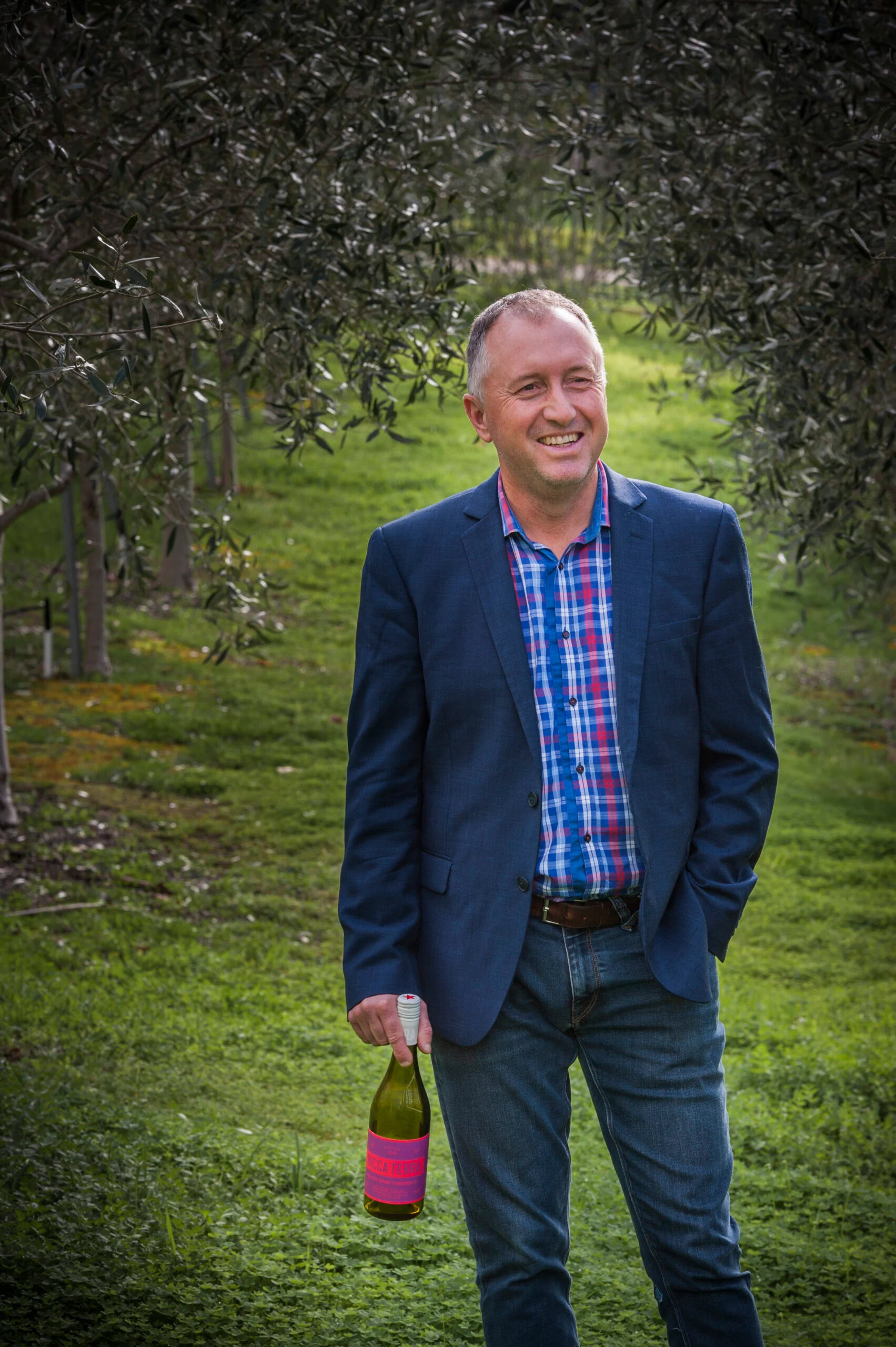
Ashley Ratcliff and one of his 52 varietals. (Scott Logan/Litepost)
It didn’t take long to realize that the region’s most common grapes – chardonnay and cabernet sauvignon – weren’t best suited for the prevailing hot, dry climate.
After visiting European wine regions with similar extremes of heat, he began experimenting with Italian grapes such as nero d’avola, aglianico, and fiano. He now grows a whopping 52 varieties. “Probably a few too many. But I was looking for ways to mitigate the variabilities of heat and drought.” And from a practical perspective, the wide range of varietals helps him plan production. “If everything ripens at once, you can’t physically get it into your winery and still maintain quality.” In any case, it isn’t so much a variety’s ability to withstand the heat that matters, but how stable it stays, he says. “Take greco di tufo. Whatever the thermometer’s saying, it always has good acidity.
So does sorcery or science account for the thumbs up down under? Well, as usual with such matters, when the research is collected and the evidence builds by way of thermometer readings and competition awards, it’s hard to ignore the balance tipping towards the laboratory of life. On the other hand, for connoisseurs of mystery, it’s hard to get those cow horns out of your head.
One answer may be to concentrate not on how a wine happens, but on how much pleasure it delivers in the end. As long as your glass is always as full as the moon.
Main image: Alamy
Topics in this article
-

- Reporter: Shelley Boettcher
- Shelley Boettcher is an award-winning food and wine writer. Her advanced WSET (Wine and Spirits Education Trust) and International Sommelier Guild certifications mean she knows her corks. A wine columnist for two Canadian newspaper brands, she’s also authored three books on what goes well in the glass and her byline has appeared in The New York Times, The Guardian and The Globe and Mail.

